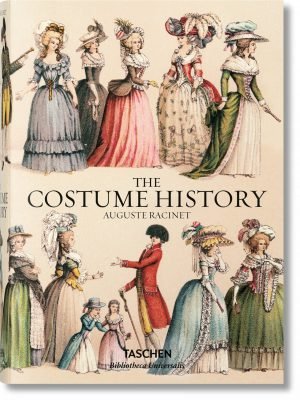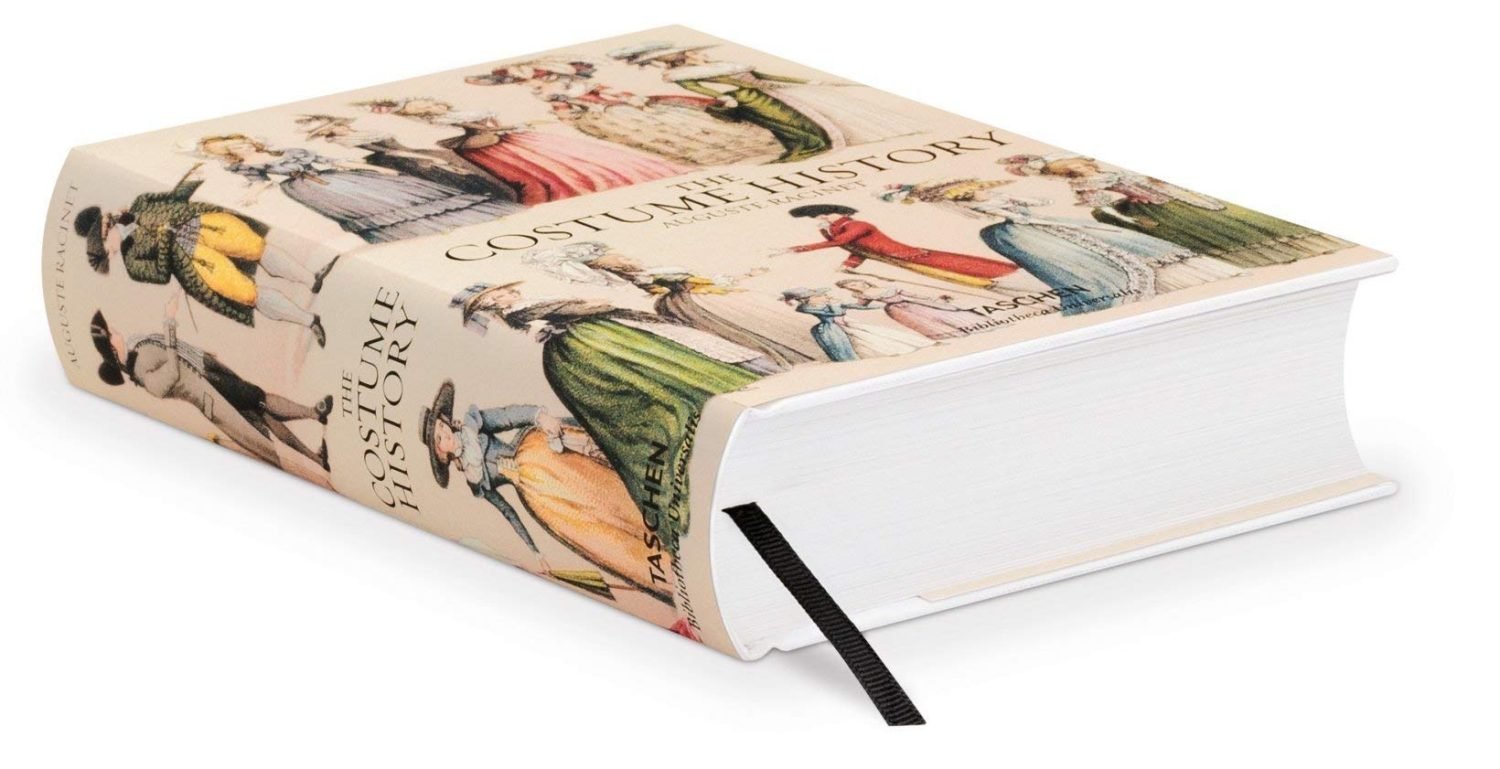
BYZANTINE ART.
MURAL PAINTINGS, MOSAICS, AND PAINTINGS FROM MANUSCRIPTS.
IN describing the subjects in the accompanying plate we take them in chronological order, commencing with the earliest.
- Nos. 1 to 5. Paintings in St. Sophia, dating from the sixth century, after Salzemberg. These paintings are almost exactly in the Greek style.
- No. 6. Mosaic in the Church of St. George at Thessalonica, after C. Texier. (L’Arménie, la Perse et la Mésopotamie, 2 vols. folio, Firmin Didot.)
- Nos. 7 to 16. Paintings, seventh and eighth centuries, at Constantinople, after Salzemberg.
- No. 17. Enameled border.
- Nos. 18 to 28. Marginal paintings, eighth and ninth centuries, consisting of ancient ornaments little altered. (Bibl. Nat., Reserve, MS. 139; Greek section.)
- Nos. 29, 30. Paintings from a manuscript executed about A.D. 860 for the Emperor Basil the Macedonian. (Bibl. Nat., Reserve, No. 510; Greek section.)
- Nos. 31, 32. Manuscript. (Bibl. Nat., Reserve, No. 64; Greek section.)
- Nos. 33, 34. Mosaics; the first from Palermo, the second from Monreale, twelfth century.
- Nos. 35 to 40. Details from the various manuscripts mentioned above.
Source: Polychromatic ornament by Auguste Racinet. London, H. Sotheran and Co., 1877.








